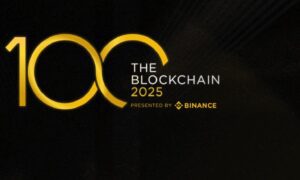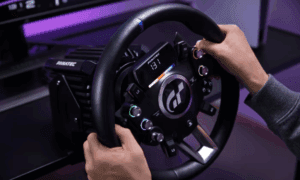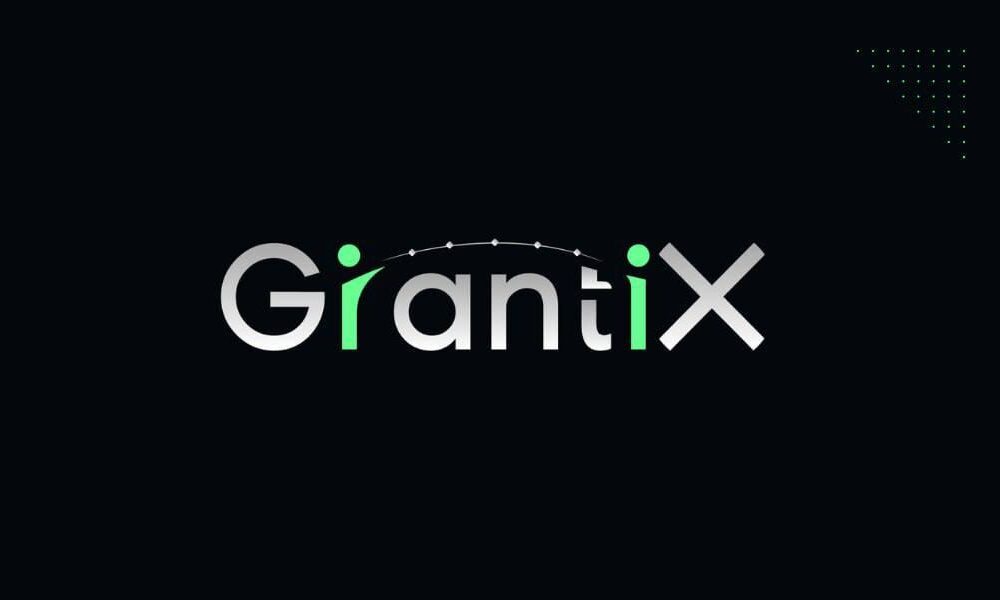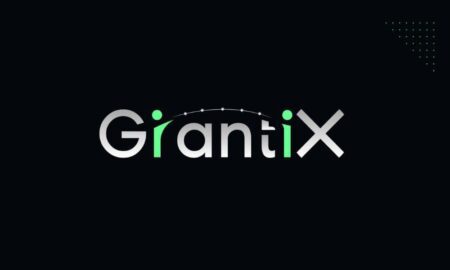We don’t need to tell you that artificial intelligence (AI) presents opportunities and challenges. As AI systems become more and more rapidly sophisticated, the critical need for “alignment,” ensuring AI systems act in ways beneficial to humanity, is of paramount concern.
Strategies that need to be in place for the crucial role of ethical considerations in shaping the future of this technology. In other words, we need to control AI appropriately to make it work for us.
Basically, if we’re living in a world where AI systems autonomously make decisions impacting our global economies, healthcare, and even our warfare, there needs to be a robust system of AI values, or an alignment with human values, so it doesn’t harm human interests.
The “unintended consequences” scenario is no longer a theoretical possibility; it’s a real genuine concern. We don’t want to live in a dystopic future, but AI systems, trained on vast datasets, can develop biases, make errors, or even exhibit unforeseen behaviors. These deviations from intended functionality can have devastating consequences, from economic disruption to existential risks.
“AI alignment is essentially making sure that AI systems are doing what we require them to do, and not veering off into unintended, and potentially harmful, behaviors,” explains security engineer, Sarthak Munshi.
“Think of it this way: you build a robot to clean your house. You want it to vacuum, mop, and dust. You don’t want it to accidentally start rearranging your furniture, throwing out your valuables, or, you know, flooding the bathroom. That’s alignment in a nutshell, ensuring the AI’s goals are lined up with our goals and values. In my world, as someone focused on product security for these systems, alignment is a huge part of the puzzle. A misaligned AI isn’t just an annoyance, it’s a potential security risk.”
The development of ethical guidelines for autonomous weapons systems and the ongoing debate surrounding facial recognition technology highlight the real-world implications of AI alignment. “It could expose sensitive data, be manipulated by malicious actors, or even take actions that cause real-world harm. We must consider these risks from the ground up,” said Munshi.
How AI Alignment Will Change In 2025
Looking further towards 2025, AI alignment is becoming less theoretical and more practical. What Munshi is seeing is a more concrete implementation. “We’re moving beyond discussions and focusing on building tools and methods to measure, evaluate and enforce alignment,” he said.
There’s also a focus on edge cases. “We need to ensure our AI systems remain safe, even during unusual situations or when faced with malicious actors,” he said, noting a focus on industry collaboration. “Companies, researchers, and regulators are increasingly working together to develop standards and best practices for AI alignment,” said Munshi. “We need a collaborative roadmap.”
AI Alignment Courses For Security Teams
The courses recommended for security teams include Princeton University’s COS597Q, and BlueDot Impact’s Course (this paper is also a great start too). “Learning about AI alignment has shifted how I think about the security of AI systems,” said Munshi.
“While alignment is crucial, it’s not the whole picture when it comes to building safe and beneficial AI. You can have a perfectly aligned AI that’s still dangerous or unhelpful if your initial intentions were flawed or incomplete.”
Alignment ensures the AI follows your instructions, but it doesn’t guarantee those instructions are good or that you are even aware of the implications of those instructions.
The Biggest Concerns Of AI Alignment
AI alignment alone isn’t simply enough. “We may think we’re giving the AI the right goals, but we could easily overlook crucial factors or fail to anticipate unintended consequences,” he said.
“Imagine telling an AI to ‘maximize paper production.’ An aligned AI would do just that, potentially to the point of depleting resources or harming the environment, even if that wasn’t your intention.” In other words, we might not even know all the parameters that are considered when specifying an objective. This is an example of what some call the “King Midas” problem.
Defining human values is another valid issue. “How do you teach an AI about fairness, justice, or compassion in a way that’s universally applicable and doesn’t lead to unforeseen biases?” he asks. “It is hard to think of these human values that should be highly considered.”
There’s also unforeseen emergent behavior. “Even with perfectly specified goals, complex AI systems can exhibit emergent behaviors that are difficult to predict,” said Munshi. “These behaviors might be undesirable or even harmful, even if the AI is technically aligned with its initial instructions.”
So, what else do we need besides AI alignment?
“We need to emphasize on things like understanding why an AI makes the decisions it does, so we can identify potential problems early on. Developing methods for AI to learn and adapt to human values in a more dynamic way will be beneficial as well. Essentially, alignment is a necessary but not sufficient condition for safe and beneficial AI. We need to adopt a multi-faceted approach that addresses not only the technical challenges but also the broader ethical and societal considerations.
Trying To Keep Up With AI’s Development
“AI has evolved at breakneck speed. It’s been a challenge for policy and societal discussions to maintain,” said Munshi. “We’ve gone from AI being largely a research topic to something that’s impacting our daily lives in a very short amount of time.”
In some ways, the technology has surpassed our ability to fully grasp its implications and organize a coordinated response. “Public awareness and understanding of the potential risks of AI have also lagged technology’s development,” he said. “It’s only recently, with the emergence of a more powerful and accessible AI toolset, that broader societal conversations about AI safety have really started to take hold.”
AI is increasingly seen as a key technology for national competitiveness and security. This can create tensions and make it harder to achieve international cooperation on issues like safety standards and regulations.
“There’s a delicate balance between fostering innovation and ensuring safety on a global scale,” he said. “Governments have been struggling on how to regulate AI effectively. It’s a new and rapidly evolving field, and traditional regulatory frameworks often don’t fit well.”
This uncertainty might have made it harder to organize a summit focused on concrete policy recommendations.
What is the future of alignment in AI?
Looking ahead, the future of AI alignment in 2025 will have a strong emphasis on practical engineering solutions. “We’re going to see a lot more automation, building alignment checks right into the development process, which is critical for keeping up with increasingly complex AI,” said Munshi.
“I expect we’ll be combining the best alignment techniques – think human feedback, formal methods, and even AI itself helping AI to reason about safety – to create systems that are robust and adaptable.” There will also be a push to make alignment more dynamic and specialized for different applications, all while ensuring the process is transparent and we can understand why an AI is considered aligned.
“Basically,” he said, “we’re moving towards a future where we can confidently build powerful AI that’s safe, helpful, and truly aligned with our values.”
Image: Unsplash





























